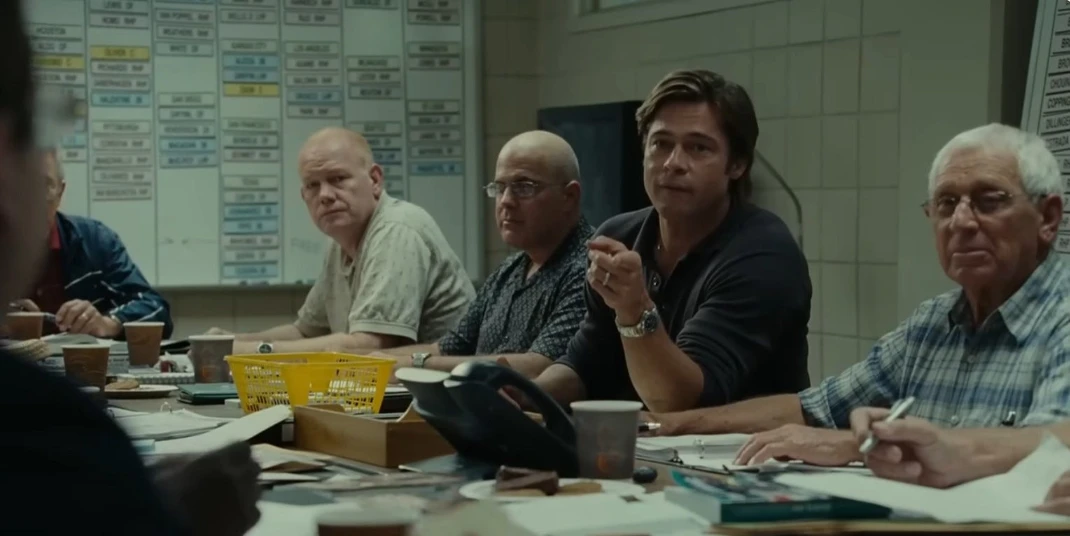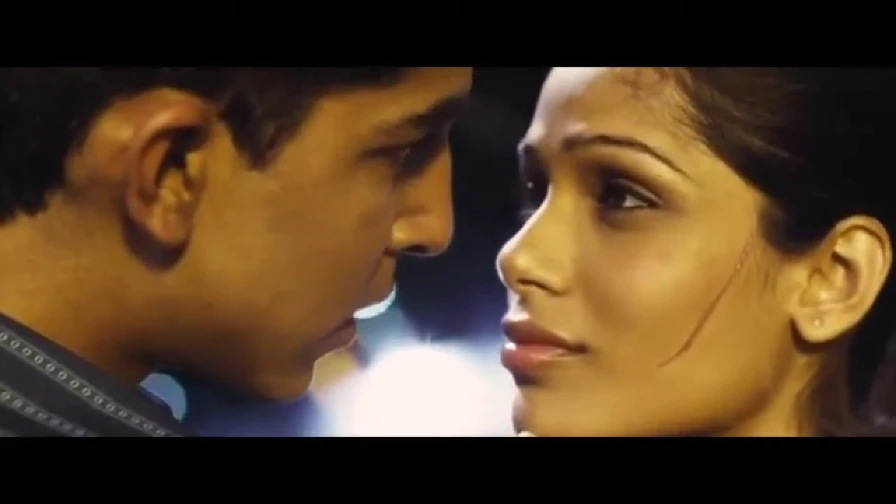5 Scriptwriting Habits That Make Filmmaking Easier
 Abhinav Gopal
Abhinav Gopal
Every great film starts with the script. Writing a script isn't just about dialogue - it's about setting up the entire filmmaking process for success. Scripts that anticipate what the director, cinematographer, and crew need make filming smoother and more effective.
Here are five scriptwriting habits that make both storytelling and filmmaking easier.
1. Write Scenes Visually
Scripts should describe action in ways that let the audience "see" the scene clearly, including character movement, object placement, and spatial relationships. Writing visually gives directors and production teams a foundation to plan shots and coordinate complex sequences.
🎬 Example: Gravity
In Gravity, the zero-gravity sequences feel seamless on screen. It would have been useful for the script to clearly indicate the orientation of characters, the trajectory of movement, and interactions with floating objects. This kind of visual clarity in writing helps teams plan effects-heavy scenes efficiently.
Remember, though, to not get too into the weeds of photographic choices - things like camera angles, shot selection, etc are best left to DPs!

2. Make Dialogue Reveal Character, Not Exposition
Dialogue should show who characters are and what they want without spelling everything out. Subtext, pauses, and reactions are more powerful than heavy exposition.
🎬 Example: Moneyball
In Moneyball, conversations about baseball stats reveal tension and relationships naturally. A script that highlights character reactions or subtle cues - like hesitation or changes in tone - would give actors the space to convey emotion organically while keeping scenes engaging.

3. Signal Emotional Beats
Scripts should indicate moments of rising tension, hesitation, or emotional shifts. This helps directors, actors, and editors understand the intended rhythm and pacing of the scene.
🎬 Example: Inside Out
Inside Out communicates emotions in ways that feel immediate and impactful. For a writer, it would be useful to include cues for how characters react internally or externally during these shifts, giving the production team guidance on when to linger or cut.

4. Avoid Over-Directing
Focus on story, character, and tone rather than telling the camera what to do. Over-directing in a script limits the director's flexibility and can stifle creative interpretation.
🎬 Example: The Pursuit of Happyness
In The Pursuit of Happyness, the emotional power comes from performances and scene composition. A script that emphasizes Chris's actions, decisions, and emotional state - rather than specifying camera angles - gives the director freedom to craft the visuals while staying true to the story.

5. Use Motifs and Recurring Visuals
Including visual motifs or recurring elements in the script helps unify the story and guide thematic visuals. These can be props, locations, colors, or repeated actions that reinforce the narrative.
🎬 Example: Slumdog Millionaire
In Slumdog Millionaire, recurring flashbacks and game show imagery create cohesion and emotional resonance. A script that signals these motifs - even subtly, through description or repeated references - gives the production team a foundation to carry the visual themes throughout the film.

Closing
Strong scripts don't just tell stories - they guide productions. Writing with visual clarity, emotional beats, character depth, and motifs in mind makes filmmaking smoother and ensures your story translates effectively from page to screen.
At Rubbrband, we help directors take what's on the page and turn it into storyboards and visual sequences they can plan around. Writing with production in mind ensures your story is ready to come alive on screen.